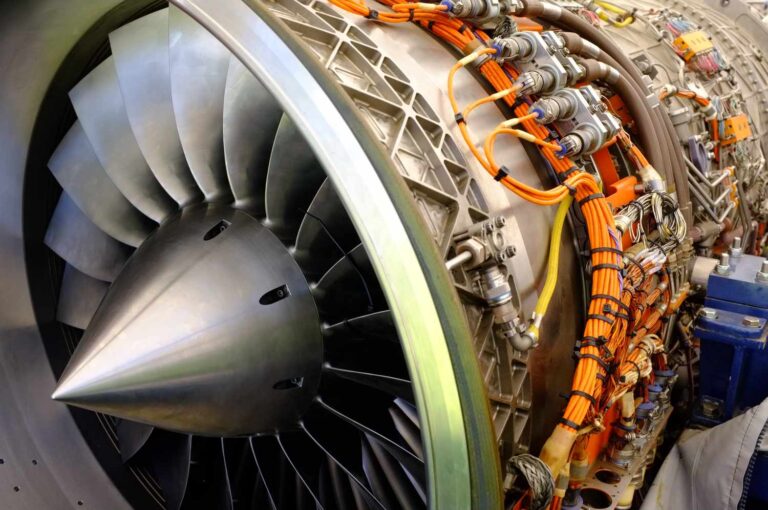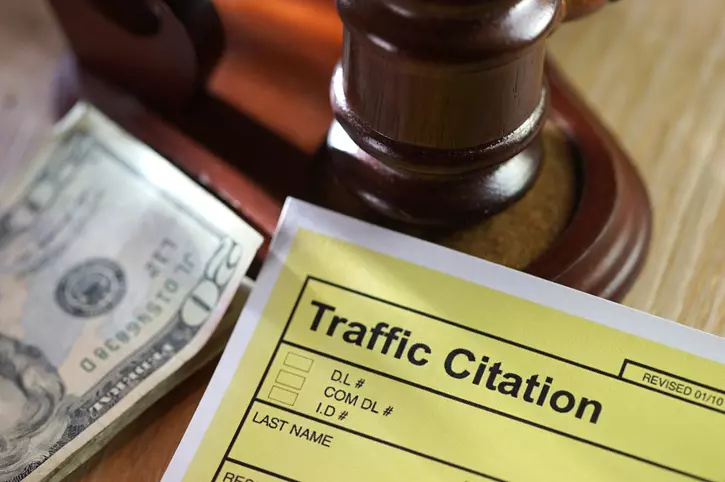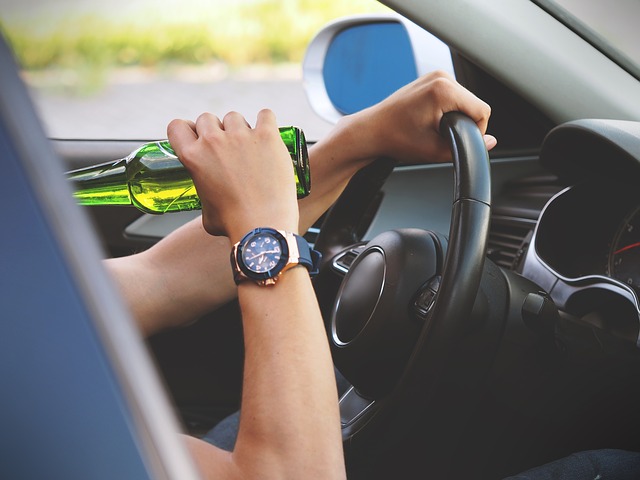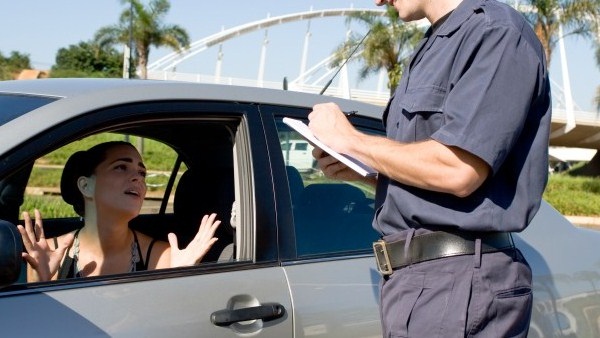Although the majority of the population uses the automobile as a road transport vehicle, the large number of other different vehicles is known, such as vans, trucks of different tonnage, and many others for special use, such as those used in agriculture, such as tractors, mowers and others, or in construction, such as backhoe loaders, concrete mixers, etc., or in street cleaning, such as garbage trucks or sweepers, and in other sectors such as citizen security, such as firefighters or the police, or the toilet, where we have the ambulances.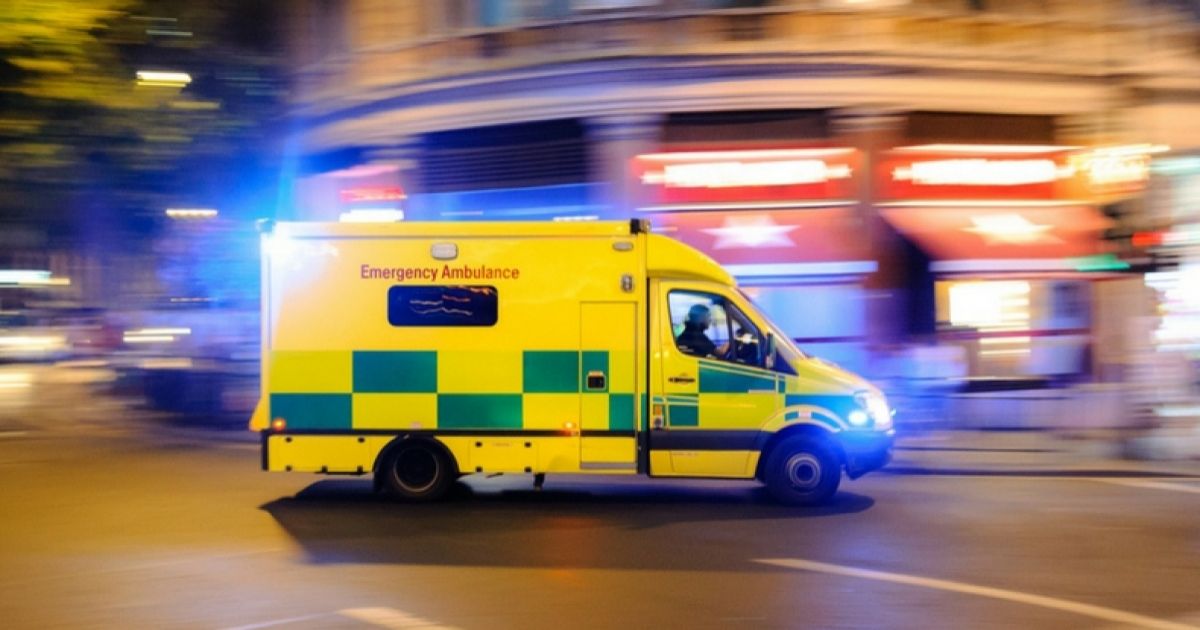
Ambulances are a vehicle, generally a van with more or less equipment, depending on its function of care, and that works in urgent circumstances, most of the time, to transfer patients to a medical center. And they have priority in circulation and other vehicles must give way to them, given the emergency of their presence on public roads.
Ambulances and other special vehicles also have special regulations, according to their functions for which they are intended, and depending on the case, they can skip traffic signals or traffic lights, exceed speed limits or have them lower. If you want to know the circulation code of ambulances, in particular, we show you how an ambulance must circulate, including the changes introduced from January 2016.
What do you need for an ambulance to circulate?
- Valid driving license
- Pass the officially required tests to drive ambulances
Instructions for an ambulance to circulate
- What is an ambulance. It is a transport vehicle conditioned specifically for the transfer of sick or injured people and for medical reasons. There are two kinds, assistance and non-assistance.
- Ambulance types. The non-assistance ones are the ambulances dedicated to transferring patients, by medical indication, but who do not need medical assistance en route, on the street or on the highway. For example, to transport patients receiving chronic treatments, such as cancer patients, etc. They can carry up to six patients in the same vehicle. Assistance ambulances are those that do care for people with health problems in the street or on the highway. Depending on their equipment, they are divided into those that carry basic life support, life support and rescue, and advanced life support, that is, those known as mobile UVI.
- Circulation priority. Ambulances will always have priority on the streets or highways when they carry out an urgent service, but they also have to exercise that privilege with the utmost caution, so that if they find themselves in need of not stopping at a red light or not respecting traffic signals, do not endanger the safety of other vehicles or pedestrians who may be affected by your action, making sure there is no danger.
- Sirens and lights. Ambulance drivers are required to announce their presence with their siren and flashing lights so that other vehicles can move out of the way in time. If it’s too disruptive to a neighborhood they’re going through, they can turn off the sirens, though they must keep the lights on. Both these and the siren must be approved by the Provincial Traffic Office.
- Permitted Violations. When an ambulance is working on the urgent transfer of a sick or injured person, it can violate traffic regulations that allow it to access a hospital or medical center as soon as possible. If you are going on a dual carriageway or highway, and without affecting the safety of other drivers, you can drive in the opposite direction to the normal direction of travel, but you must do so on the shoulder, and you can also cross the steps of the median that may be, if necessary. However, these violations of traffic regulations must be fully justified by reason of their work, because if this were not the case, and it was a false service, for example, the driver would be committing a serious offense with the corresponding sanction.
- Necessary documentation. It is mandatory for an ambulance to have documentation that must always be inside. This consists of the sanitary transport card, the technical-sanitary certification of the vehicle itself, the registry of the patients that are being transferred, and of the incidents that have occurred and of the actions that have been carried out. The record of the medical prescriptions that cause the service will also be included in the care ambulances. In addition, a record of the periodic disinfections of the ambulance cabins and equipment must be kept, as well as a complaint book for when medical transport users may require it.
- BTP card. The B card for Priority Transport or BTP was necessary, until December 31, 2015, to be able to drive all types of urgent priority vehicles, such as ambulances, police cars, fire trucks or taxis and school transport. Ambulance drivers had to get this special card in addition to the normal one, for example, B if it was for an ambulance, so they had to pass the corresponding tests for each of them.
- No more BTPs. However, the BTP license disappears from January 1, 2016 as a result of a European provision that requires all countries of the European Union to use the same type of driving license, the Single European Driving Permit, for which the requirement of the BTP card -which only existed in Spain- is eliminated. Drivers who had the BTP will be able to continue using it as before.
Tips for an ambulance to circulate
- When you are driving your car or vehicle in the city or on the highway, if you hear an ambulance siren or see its lights in the rear-view mirror, you must obligatorily give way to it, performing the pertinent maneuvers to do so, approaching the sidewalk or to the shoulder
- If you drive an ambulance, and if you use the siren or warning lights without performing an urgent service, you risk committing a serious offense, which can lead to significant penalties.


